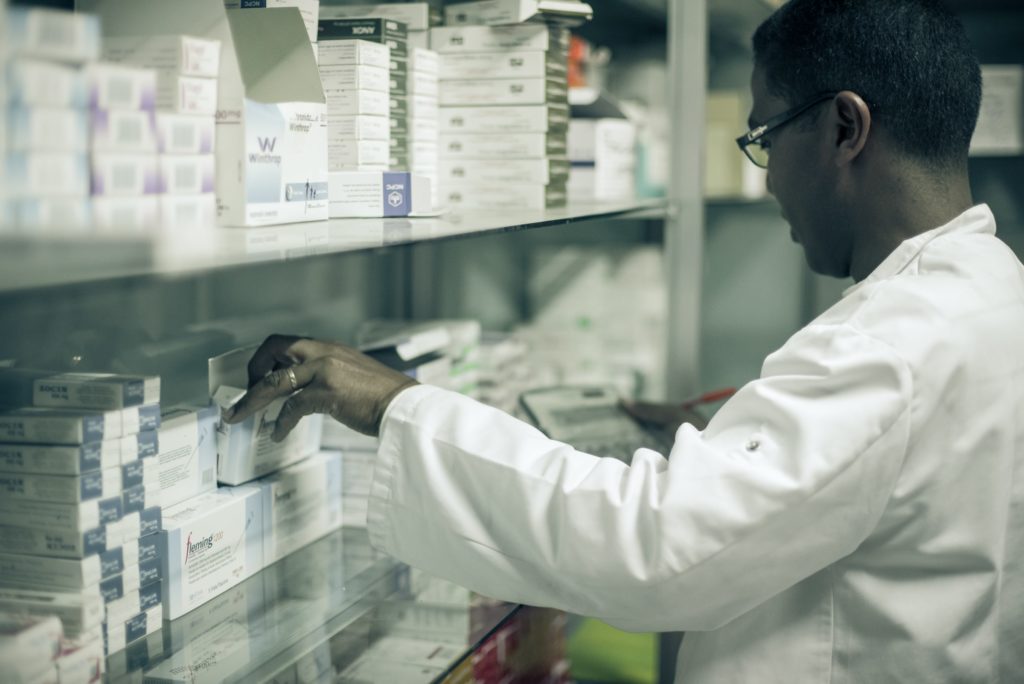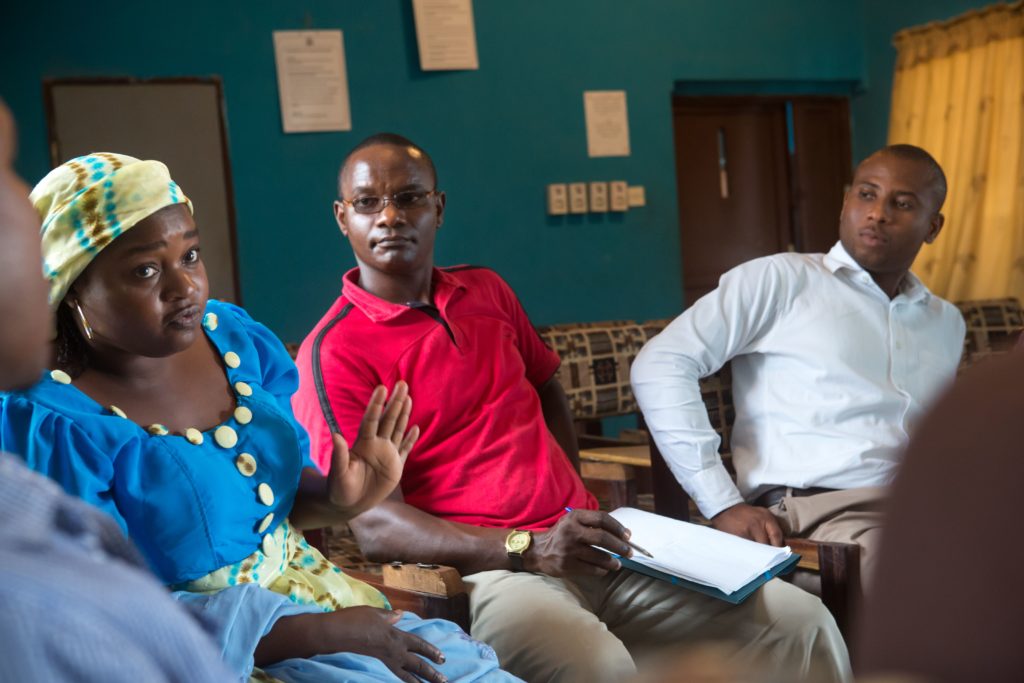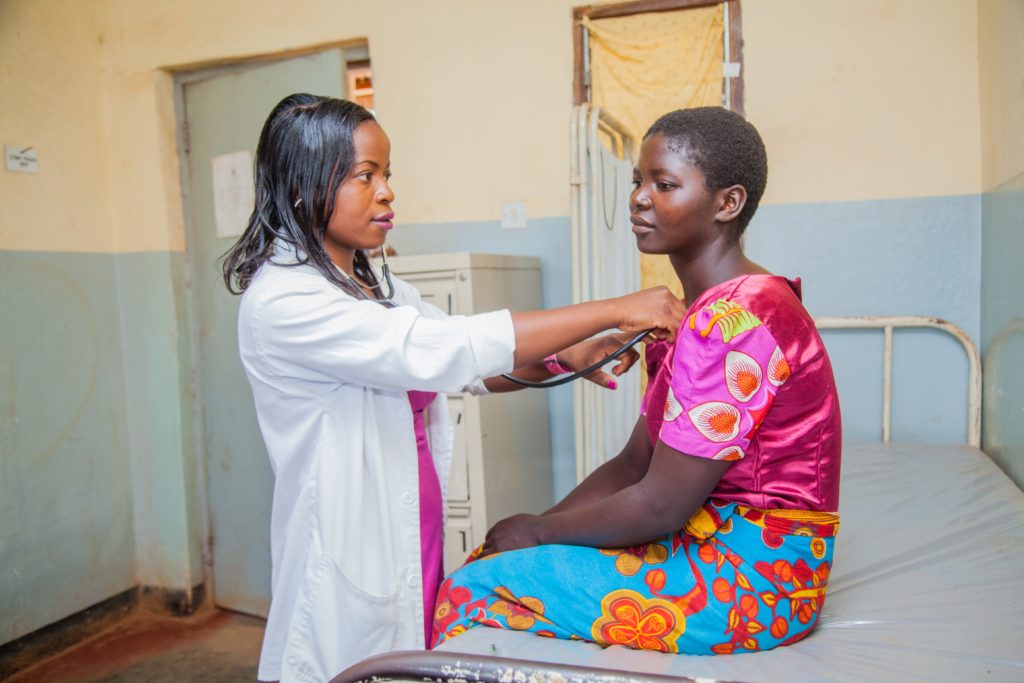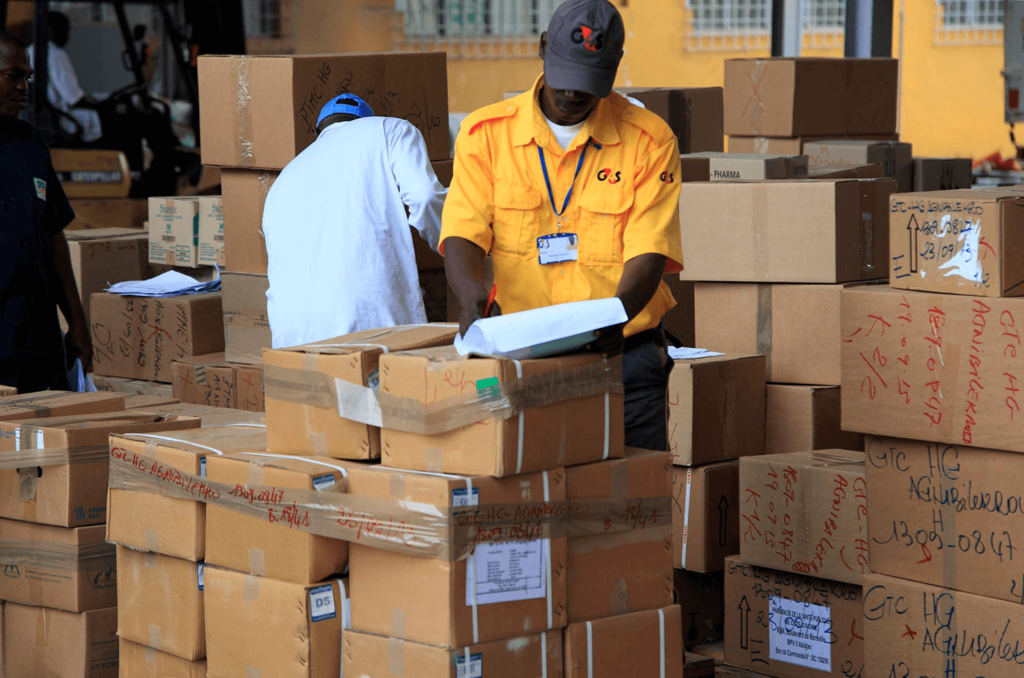Zambia
Zambia
We began partnering with the Government of Zambia in 2000 to achieve its goal for a more sustainable and accessible health care system by strengthening pharmaceutical and laboratory services and scaling up access to sustainable, integrated TB and HIV and AIDS services through increased investment in the health workforce.
Overview
In Zambia, our activities have focused on supporting the rapid scale-up of testing and treatment services for HIV, TB, and multidrug-resistant TB. Supporting both public and private health facilities, our programs have worked to expand comprehensive services to include male circumcision, improve prevention, ensure better follow-up for HIV-positive individuals, and create awareness and improve management of HIV as a chronic condition.
While Zambia is moving closer to achieving HIV epidemic control, these services cannot be sustained without a skilled health care workforce. We have been providing technical assistance to address the health worker shortage in Zambia that has persisted for over 20 years by enhancing human resources for health investments and building a stronger health workforce management system. By improving the recruitment, training, and retention of the health workforce, we can help ensure that a reliable and resilient HIV response system is in place.
Our work has also helped improve the availability of safe, effective health commodities—pharmaceuticals, laboratory diagnostics, vaccines, supplies, and basic medical equipment—and promoted the appropriate use of these commodities in the public and private sectors at the community level, with a special focus on managing essential pharmaceuticals for maternal, newborn, and child health.
.
Accredited Drug Seller Initiatives Publication Compendium: 2009–2017
Combating Antimicrobial Resistance With Strong Coalitions: Implementation Experiences at the National and Regional Levels
Job Opportunities in Zambia
Join us as we help solve the world’s public health challenges through innovation, dedication, and technical excellence. We are looking for talented, passionate people to join us—as employees, consultants, and interns—in advancing our mission to save lives and improve the health of the world’s poorest and most vulnerable people.




